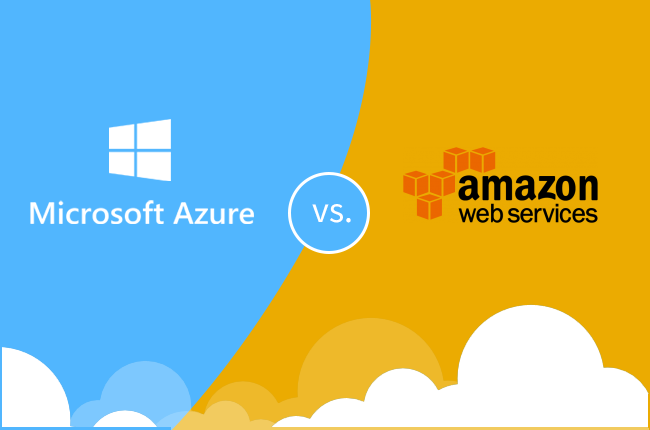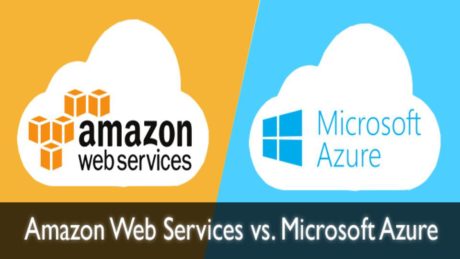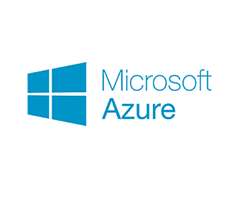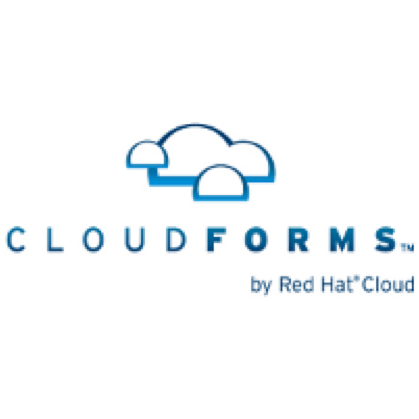
AWS vs AZURE
Since the day of its inception, the cloud computing technology is revolutionary for its wide appeal and technical prowess. In that cloud computing realm, there are two invincible forces that are becoming a definitive authority on this innovative technical achievement – Microsoft Azure and Amazon Web Services.
Although both Azure and AWS are fundamentally same in their work mechanisms, there are some notably distinctive aspects. Here we are going to dig deep those differences.
Virtual Machines
AWS
Amazon Web services allow its users to possess and configure their own Virtual Machines. We also can opt for pre-configured machine images or customize the MIs to suit our needs. The user can also hand-pick the size, memory storage, and the number of Virtual Machines they are in need of.
Azure
In the place of Virtual Machine instances of AWS, Azure provides Virtual Hard Disk (VHD). This VHD can come with a pre-configured package from Microsoft, but the user also can configure it.
Data Storage
AWS
When an instance is launched in the cloud, temporary memory storage is offered by AWS, which is terminated once the instance comes to an end. Additional block storage also can be utilized by attaching it to the existing instance. AWS S3 provides object storage, while the data can be archived using Glacier.
Azure
In Azure, this brief storage facility is provided through D Drive and Page Blobs offers block storage on the Virtual Machine. Azure provides some important storage features such as Azure Backup, Import / Export, and site recovery tools.
Network
AWS
With the support of Virtual Private Cloud (VPC), AWS users can generate secluded network within their cloud. Within this impenetrable VPC kit, they can create their own route tables, IP address ranges, and subnets.
Azure
Azure provides VNET (Virtual Network) and helps the user to define and design their own private set of network processing to set up various networking architectures.
Pricing
AWS
There are three models of pricing charges are structured for AWS. The first model of On Demandcosts only what the user is using in the cloud and there is no upfront charging.
The user can also reserve an instance for many years with fixed upfront costs and usage charges. In the Spot model, the user can request for the additional capacity for the instance.
Azure
Unlike the pay per hour pricing model of AWS, Azure charge per minute, which is undisputedly a better mode of pricing so far. The user can also choose between monthly and pre-paid paying.
Open Source
AWS
AWS is a better choice for the network of open source community since it has attracted integrated open source platforms like GitHub and Jenkins. Linux servers also function in AWS.
Azure
Native Integration, a practice of using the similar Ad account to use both Office 365 and SQL instances. But open sourcing process is not a part of Azure.
Regards,









